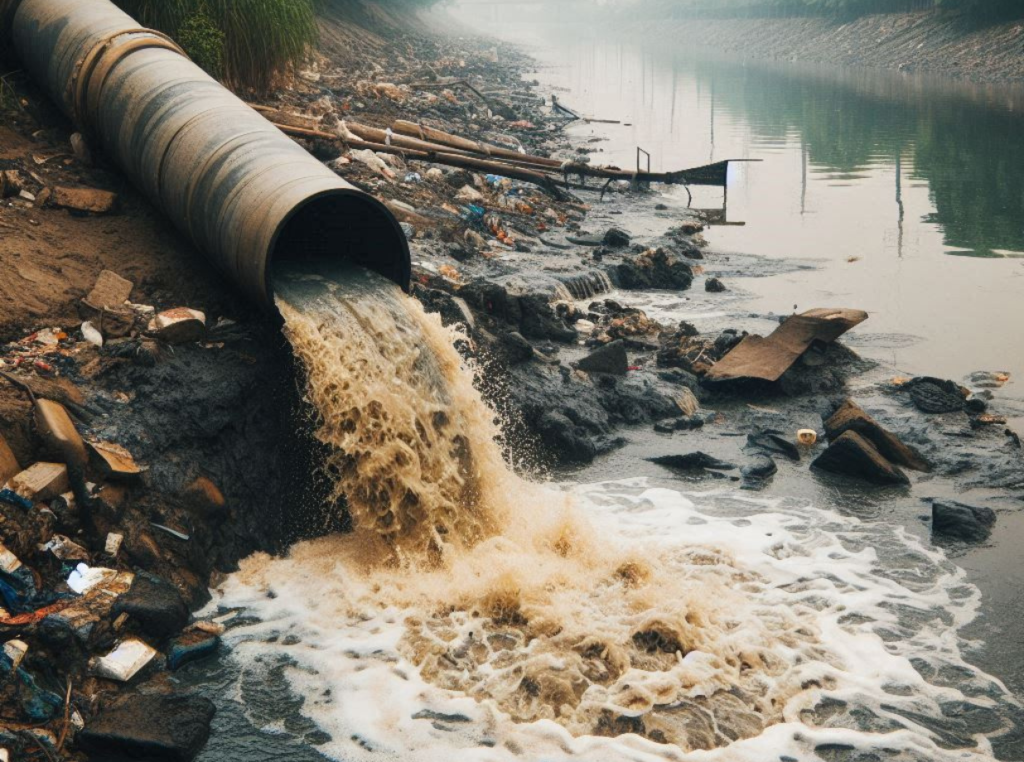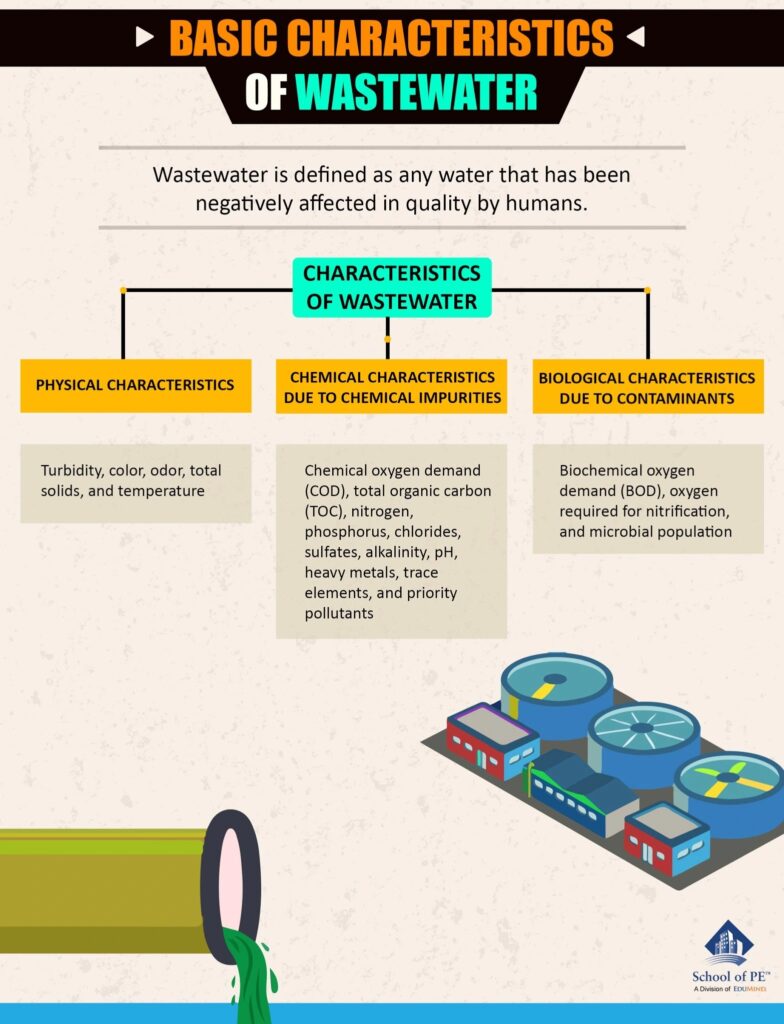Why is it crucial to assess wastewater quality? Well, untreated or improperly treated wastewater can lead to severe environmental and health issues. It can contaminate drinking water sources, harm aquatic life, and contribute to disease outbreaks. By understanding the quality of wastewater, you can determine the necessary treatment steps and ensure compliance with environmental standards.

Visual Indicators of Wastewater Quality
When it comes to assessing wastewater quality, relying solely on visual indicators might not provide a complete picture but can offer significant initial insights. There are several key visual aspects to pay attention to:
Color
Color is one of the most noticeable features of wastewater and can tell you a lot about its quality and composition. Fresh domestic wastewater typically has a gray color, whereas industrial wastewater might exhibit a range of colors depending on the processes involved. For instance, an unusual color might indicate the presence of particular industrial discharges or organic matter. Monitoring changes in color overtime can also show variations in the wastewater load or the effectiveness of treatment processes.
Turbidity
Turbidity describes how clear or cloudy water appears. High turbidity means the water is murky, which is typically caused by suspended solids like silt, organic matter, or microorganisms. High levels of turbidity in wastewater can affect disinfection processes because pathogens can hide behind suspended particles. By assessing turbidity visually, you can quickly gauge the general cleanliness of the water.
Surface Appearance
The appearance of the water surface provides further insights. If you notice a foam or froth, this might suggest the presence of detergents or oils, common in domestic wastewater. An oily sheen indicates oil and grease contamination, often stemming from industrial sources.
Solids and Particles
Visibly observing solids in wastewater can indicate a range of issues. Large particles could signal that pretreatment processes like screening or sedimentation are ineffective. Sludge particles might suggest issues with biological treatment, possibly due to inadequate aeration or mixing.
Interpreting the Indicators
Your observations must be carefully interpreted. For instance, a sudden change from clear to cloudy water necessitates an investigation into potential process breakdowns or industrial discharges. Likewise, the presence of foam could mean more than just detergents; it might also indicate chemical reactions or biological activity changes.

Combining Visual and Analytical Approaches
While visual observations provide rapid insights, they should be complemented with analytical techniques for comprehensive assessment. Laboratory analyses for chemical composition, biological oxygen demand (BOD), and microbial counts offer a deeper understanding of wastewater quality and ensure accurate decision-making for treatment processes.
Laboratory Testing Methods
Some typical testing methods include:
- Biochemical Oxygen Demand (BOD): Measures the amount of oxygen needed by microorganisms to break down organic matter in the water.
- Chemical Oxygen Demand (COD): Reflects the total quantity of chemicals in the water that can be oxidized.
- pH Level: Indicates the acidity or alkalinity of the water, affecting both the biological processes and the environment.
- Nutrient Analysis: Total nitrogen and phosphorus levels are crucial as they contribute to eutrophication in water bodies.
- Microbial Testing: Identifies the presence of pathogens like coliform bacteria, which pose significant health risks.
Practical Applications of Wastewater Quality Indicators
Understanding and accurately assessing wastewater quality has practical implications across various sectors:
Environmental Management
For sustainable environmental practices, identifying the quality of wastewater helps manage ecosystems, ensuring that natural water bodies are not compromised due to untreated waste discharges.
Municipal Development
Cities and towns must process and treat wastewater efficiently. Visual indicators aid municipalities in maintaining treatment systems that prevent pollution and conserve local water resources.
Industrial Compliance
Industries are often required to monitor and treat wastewater before discharge. Visual assessments assist industries in maintaining compliance with regulatory standards, thus avoiding potential legal and environmental consequences.

Challenges in Visual Wastewater Assessment
While visual indicators are useful, relying solely on them comes with challenges:
Subjectivity
Interpretation of visual indicators can be subjective. Different people might perceive colors or turbidity differently.
Limitations
Visual analysis doesn’t identify specific contaminants or their concentrations. While it provides immediate information, it’s not a replacement for detailed chemical or microbial testing.
Environmental Factors
External factors like lighting, weather, and observer conditions can influence visual assessment accuracy. You must be aware of these when conducting evaluations.
Emerging Technologies in Wastewater Assessment
As technology advances, so do methods for assessing wastewater quality. Innovations help enhance the precision and efficiency of monitoring processes:
Remote Sensing
Using drones and satellite imagery, remote sensing technology can monitor large areas of water bodies for turbidity and pollution indicators, facilitating proactive environmental management.
Automated Monitoring Systems
These systems utilize sensors to continuously analyze wastewater, providing real-time data on parameters like pH, turbidity, and chemical composition, allowing prompt responses to quality changes.
Machine Learning
Algorithms can be trained to recognize patterns in wastewater quality, predicting issues before they become critical based on visual datasets and analytical data correlations.

Conclusion
In the world of wastewater management, understanding visual indicators is an essential skill. These insights form the first line of assessment, guiding further analytical evaluations to ensure effective treatment processes. Whether you’re a student, a professional, or simply someone intrigued by the environment, recognizing these visual signs can empower you to contribute towards maintaining the delicate balance of our natural water reserves. So next time you look at wastewater, remember, it’s not just water—it’s a story waiting to be understood.